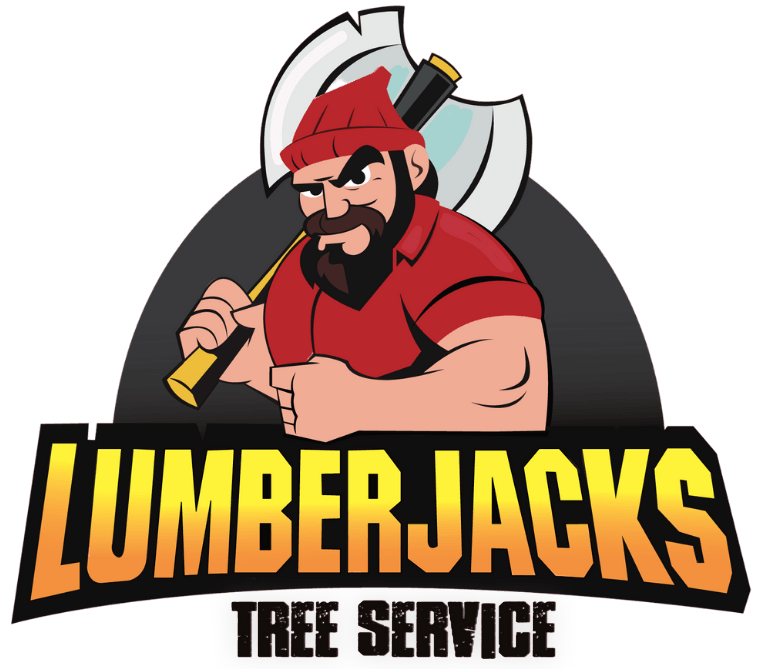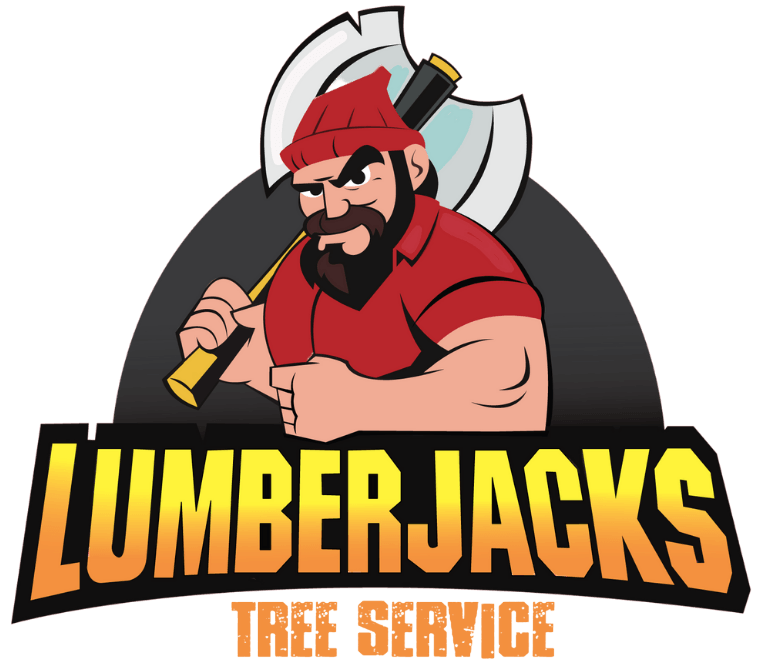Towering, graceful, and vital to our forest ecosystems, Hemlocks are among the most beloved evergreens in North America. Yet across the eastern U.S., these giants are dying at alarming rates — and the cause is both visible and invisible. What’s Killing the Hemlocks? The primary culprit is the Hemlock Woolly Adelgid, or HWA — […]
𝗣𝗿𝗼𝘁𝗲𝗰𝘁 𝗬𝗼𝘂𝗿 𝗗𝗼𝗴𝘄𝗼𝗼𝗱 𝗧𝗿𝗲𝗲𝘀: 𝗜𝗱𝗲𝗻𝘁𝗶𝗳𝘆𝗶𝗻𝗴 𝗮𝗻𝗱 𝗖𝗼𝗺𝗯𝗮𝘁𝗶𝗻𝗴 𝗔𝗻𝘁𝗵𝗿𝗮𝗰𝗻𝗼𝘀𝗲 𝗗𝗶𝘀𝗲𝗮𝘀𝗲
Dogwood anthracnose is a hazardous threat to dogwood species, including the beloved native flowering dogwood and Pacific dogwood trees. Introduced from Asia in the late 1970s, this fungal pathogen, Discula destructiva, has destroyed natural populations of flowering dogwood. 𝘚𝘺𝘮𝘱𝘵𝘰𝘮𝘴 𝘰𝘧 𝘋𝘰𝘨𝘸𝘰𝘰𝘥 𝘈𝘯𝘵𝘩𝘳𝘢𝘤𝘯𝘰𝘴𝘦: – Tan spots with irregular purple margins on leaves, which progress upwards if cool, wet weather persists. – Brown blotches on leaves, causing scorch or blight, often spreading into the petiole and infecting the shoot. – Sunken tan to brown spots with purple borders on twigs, which can girdle the twig and result in twig dieback. – Blighting of terminal leaves, leading to death of terminal buds and reduced spring budbreak. 𝘋𝘪𝘴𝘦𝘢𝘴𝘦 𝘊𝘺𝘤𝘭𝘦: – Persisting as cankers on trunks and branches, the fungus produces large amounts of spores spread by rain, insects, or birds in cool, moist weather. – Conidia (spores produced by fungi) formed on cankers are splashed by rain onto newly expanded leaves, flowers, and succulent tissues, initiating new infections. 𝘋𝘪𝘴𝘦𝘢𝘴𝘦 𝘔𝘢𝘯𝘢𝘨𝘦𝘮𝘦𝘯𝘵: – Cultural and chemical controls are crucial. Pruning infected parts removes the infection source, while maintaining tree health through adequate watering, mulching, and use of resistant cultivars is essential. – Fertilizing young dogwood trees should be avoided in the first year and done cautiously thereafter, ensuring the right ratio and timing. – Registered fungicides can help reduce new infections, but treatments will not cure existing ones. Apply treatments three to four times at 14-day intervals starting at bud break. If you feel your dogwoods are in danger, contact us today for expert advice. We will provide you with a free Tree Risk Assessment and information about our tree health care program. Now is the time to protect your dogwood trees from anthracnose! Note: The information provided is a condensed summary and should not be considered a substitute for professional advice and treatment.
How a Broke Teen with a Beat-Up Truck Built Chattanooga’s Most Trusted Tree Service Crew Meet Tyler Schievelhud, Owner of Lumberjacks Tree Service When you think of a tree service in Chattanooga, you might picture roaring chainsaws and towering pines. What you probably don’t picture is a 17-year-old high school dropout in a gold Mazda […]
Tree pruning is an essential part of tree care that enhances health, safety, and aesthetics. But not all pruning is the same—doing it correctly, at the right time, and following industry standards is crucial to maintaining tree vitality. Tree Pruning to ANSI Standards ensures that the process follows best practices for tree health and safety, […]
Why Do Some Trees Keep Their Dead Leaves in Winter? Have you ever noticed certain trees hanging onto their brown, dead leaves long after other trees have shed theirs? This unusual phenomenon is called marcescence, and it’s when trees hold onto their dead leaves through the winter instead of dropping them in the fall. It’s […]
When most people think about tree care, their minds naturally gravitate toward warmer months when trees are lush and full of life. However, winter is actually one of the best times of the year for tree services. Whether it’s pruning, removing dead or hazardous trees, or clearing land, winter offers several unique advantages for both […]
When it comes to tree care, two terms often arise: Free estimates and tree risk assessments. While they may sound similar, they serve distinct purposes and involve different processes. Understanding these differences can help you make informed decisions about the health and safety of your trees. What is a Free Estimate? A free estimate […]
Trees are a crucial part of our landscape, providing beauty, shade, and environmental benefits. However, even the healthiest trees can fail if certain conditions arise. Understanding why trees fail can help you take preventative measures to ensure their longevity. Here are some of the most common causes of tree failure and how you can prevent […]

